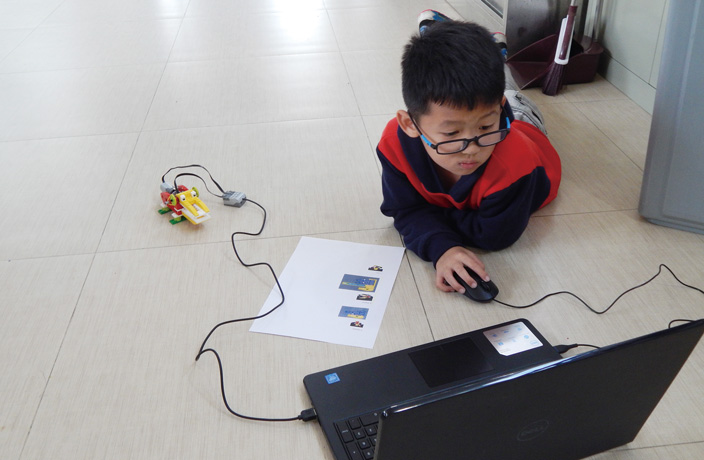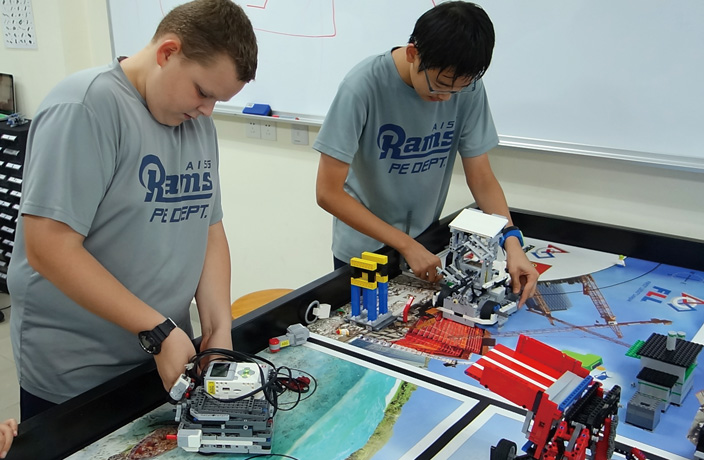In today’s rapidly changing world, the life cycle of hard skills, such as programming languages, use of tools and specific vocational training, is becoming shorter. In terms of technological progress, we’ve gotten so accustomed to Moore’s law that we sometimes overlook the implication that the deeper we get into the chessboard, the more often we need to renew our hard skills.
At the same time, abilities such as logic, critical thinking, problem-solving, decision-making and teamwork are becoming imperative in order to succeed in our very competitive world. These softer skills, collectively called life skills, are a product of synthesis and can be developed in a 21st-century classroom environment simultaneously through practice, but aren’t always viewed by traditional educators as tangible or measurable.
Enter robotics. Gaining increasing prominence in the arena of education, this multidisciplinary field places focus on development and application of core life skills and science, technology, engineering and mathematics (STEM) learning in order to solve real-life problems. When used properly in schools, it forms the basis of cross-curriculum activities and helps students to become ‘future ready,’ not to mention providing an introduction to prospective career paths they may have never considered.

The use of robotics in current education settings here in the PRD can be divided into two categories. The first is the application of robotics in a classroom environment, where teachers who realize the advantages of using a robot have creatively fit its usage into the timetable. The second is the usage of robots in after-school clubs.
At the American International School of Guangzhou (AISG), it is all encompassing. Currently, all Grade 7 students take a class where they work in pairs to solve challenges by designing and programming robots using Lego Mindstorms kits. The school also has a robotics team, with over 50 committed middle and high school students entering competitions against other schools both locally and regionally.
The British School of Guangzhou, meanwhile, provides Lego EV3 Windstorm robots that can be programmed to perform actions or tasks using a smartphone, as well as several Spheros app-enabled robotic balls that teach students how to work in groups and create basic code.
In Shenzhen’s Shen Wai International School, teachers integrate aspects of computer science into the inquiry framework, and its robotics club is part of the institution’s commitment to developing critical thinking and problem-solving skills.

At Shenzhen American International School (SAIS), an after-school robotics class is offered for students in grades 1 to 8. “SAIS is on the cutting edge of technology; we find it critical to provide our students the opportunity to engage with actual robotic technology. Children are naturally very into gadgets and it is only natural that we encourage this passion in our students,” says teacher Adam Ashbury.
Glenn Jacobsen, AISG middle school science and robotics teacher, puts it most aptly: “In addition to students having fun, using their imaginations, learning collaboratively and engaging in programming and logic, the exposure to lifelong skills and solutions to real-world problems are at the heart of robotics.”

















